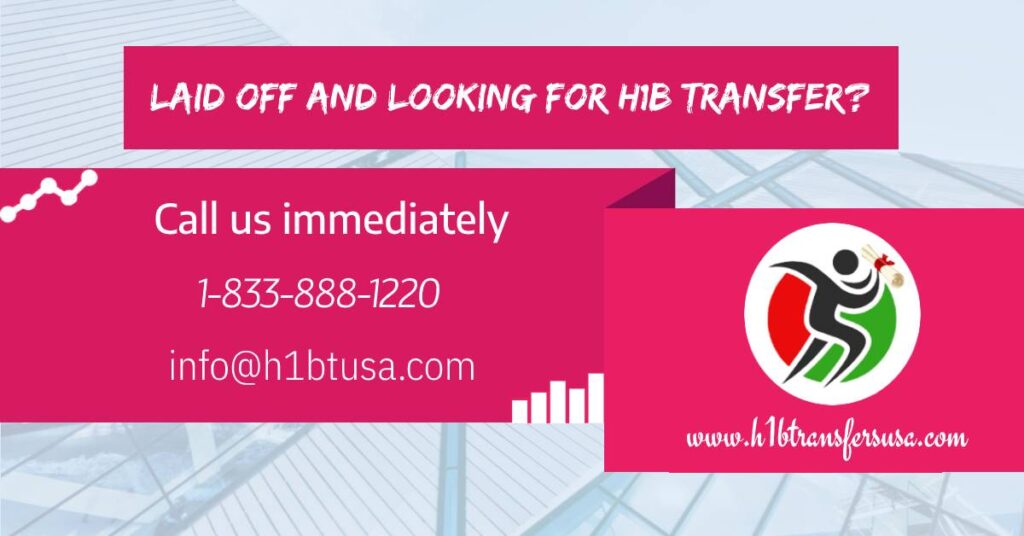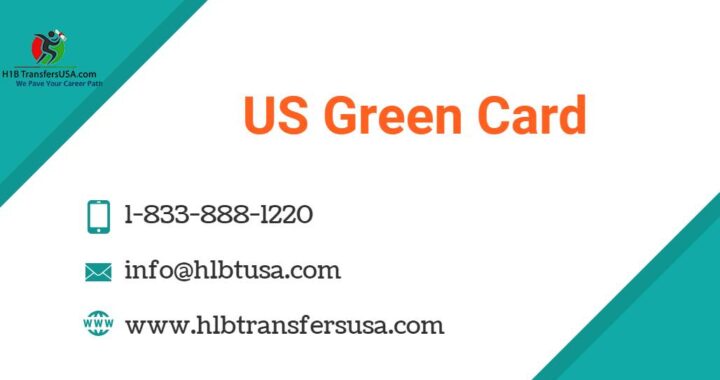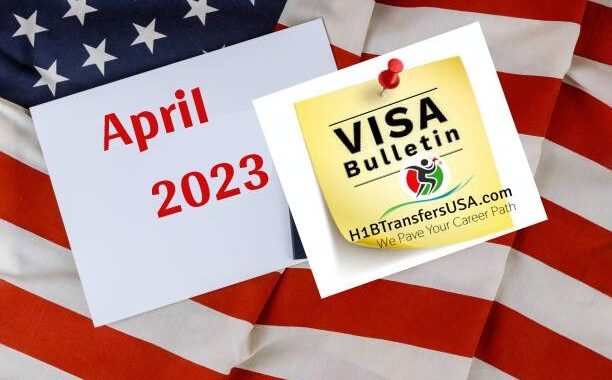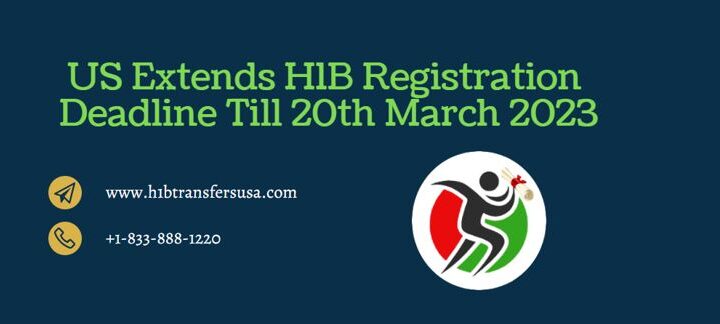Prevailing Wage Rule For High-Skilled Foreign Workers Effective November 2022
2 min read
The effective date of the “Strengthening Wage Protections for the Temporary and Permanent Employment of Certain Immigration and Non-Immigrants in the United States” (Prevailing Wage Rule) related to H-1B, H-1B1, and E-3 work visa cases, just as for PERM cases, is delayed to 14th November 2022. The Biden Government expresses that it continues to review the rule.
However, the government has published the implementation plan. This should allow employers to get ready and plan for what undoubtedly will be some sort of wage increase.
Prevailing Wage Rule Background
In October 2020, the Trump Govt gave the Prevailing Wage Rule as an Interim Final Rule (IFR) that would have essentially raised prevailing wage requirements for H-1B, H-1B1, and E-3 work visa cases, as well as for PERM cases. The wage increase was so generous and fast that employers would have experienced issues recruiting entry-level workers, who constitute roughly 60% of all H-1B and E-3 workers. The IFR was ordered by a court. Accordingly, the Trump Govt gave the rule again – this time as a final rule following the Administration Procedures Act Notice and Comment process. The final rule was set to take effect on March 15, 2021.
Soon after the Biden Government came into office, and by its directive that regulations not yet in effect be reviewed for questions of fact, law, and policy, the final rule’s execution was delayed for 60 days from 15th March 2021, until 14th May 2021. With the latest declaration, the effective date is being pushed out for another 18 months.
Implementation Schedule
The current prevailing wages will remain in effect until 31st December 2022.
There are two sets of transition dates. The first is for most H-1B and E-3 visa workers and is a two-step transition. The second is a four-step transition for foreign workers who are on the permanent residency track. These people are beneficiaries of approved I-140 immigrant visa petitions or are eligible for extensions of H-1B status past the six-year limit because they have certain pending green card cases. However, there is a lengthier transition period for foreign nationals who have been in the United States longer and who have more dependence on the current prevailing wages.
[Biden Administration Lifts Rule to Narrow H-1B Definition of “Specialty Occupation”]
Two-Step Transition
- Current prevailing wages would remain viable through 31st December 2022
- 1st January 2023, to 31st December 2023, the prevailing wage would be 90% of the new prevailing pay
- 1st January 2024, the prevailing wage would be set at the full new prevailing pay
Four-Step Transition
- Current prevailing wages would remain viable through 31st December 2022
- 1st January 2023, to 31st December 2023, the prevailing wage would be 85% of the new prevailing wage
- 1st January 2024, to 31st December 2024, the prevailing wage would be 90% of the new prevailing wage
- From 1st January 2025 to 31st December 2025, the prevailing wage would be 95% of the new prevailing wage
- 1st January 2026, the prevailing wage would be set at the full new prevailing wage






